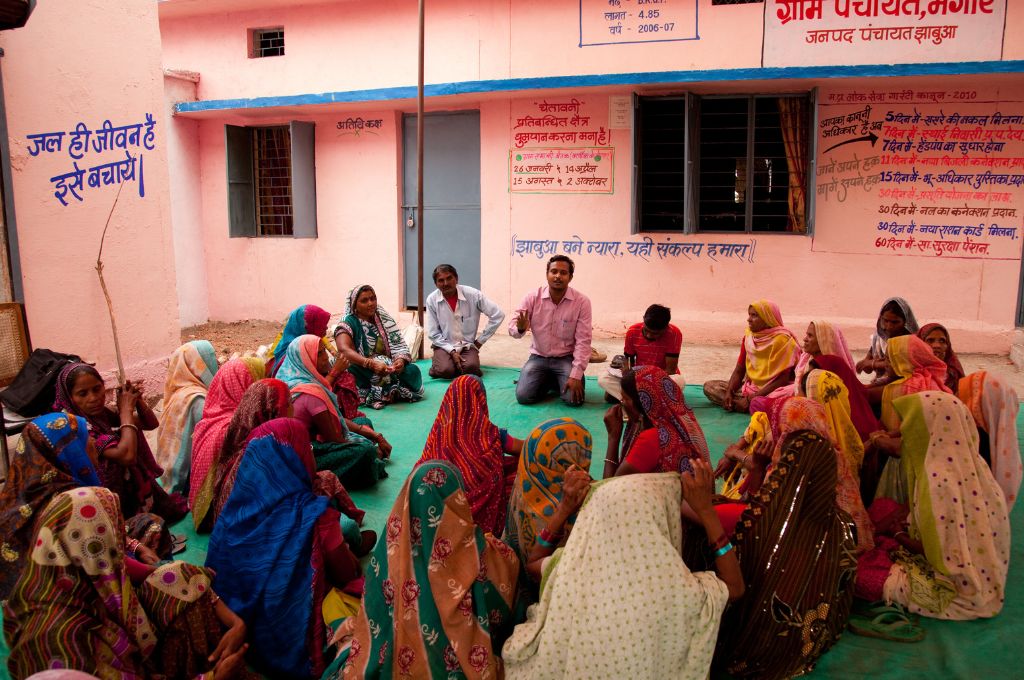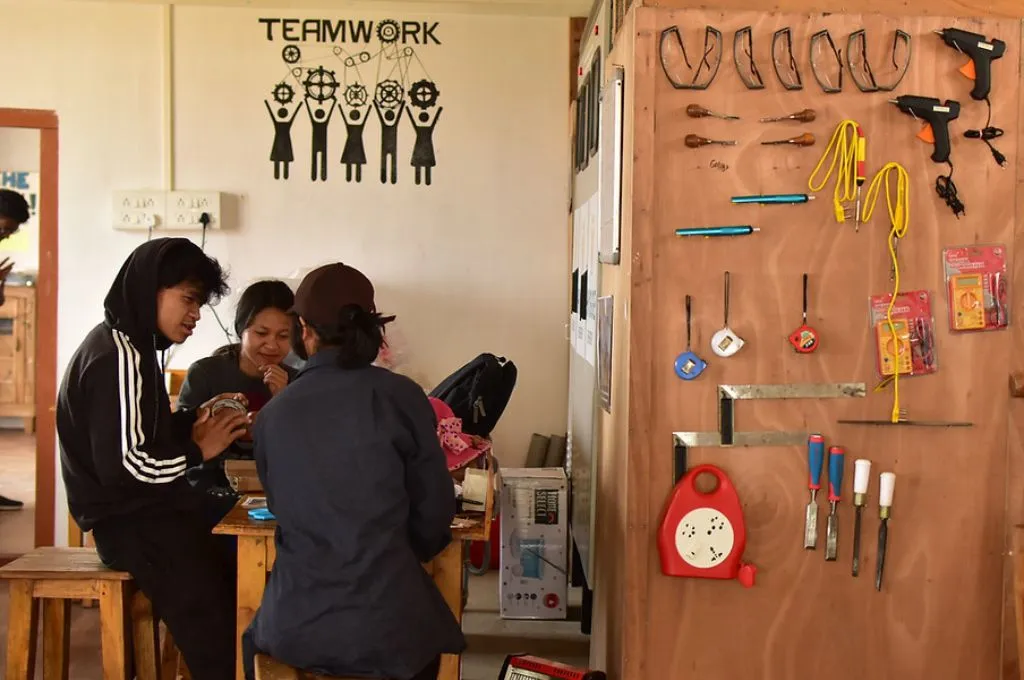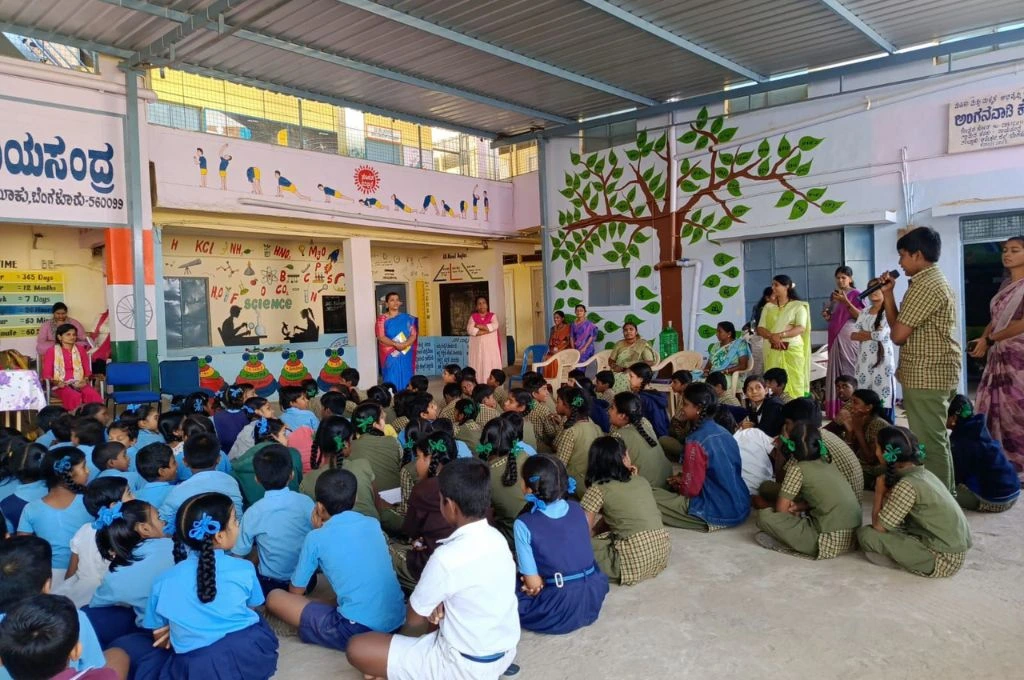It has been three decades since the 73rd and 74th amendments to India’s Constitution that promised to usher in a new era of decentralised governance. The constitutional amendments formally introduced a third tier of government—the local government—to add to the existing structure of state and central governments. Today, we have more than 3 million local people’s representatives, approximately 50 percent of whom are women. This in itself is a significant achievement.
Beyond the numbers of elected representatives, decentralised governance is one of the indicators of commitment to deepening democracy, by taking governments closer to people and opening up formal spaces for citizen engagement in governance. Yet, local governments continue to languish. Unless concrete steps are taken to build the capacity of local governments, their promise will not be realised. This needs urgent attention because when local governments don’t function as designed, it both leads to poor development outcomes as well as erodes the trust people have in governments.
Gram panchayats as a central but constrained actor
The central figure in this context is the gram panchayat (GP), which is typically a village council. However, GPs present both opportunities and constraints. The opportunities stem from the fact that the representatives at the GP level (the elected committee comprising the pradhan/sarpanch and the ward members) are elected by voters. One could thus argue that the people’s will and aspirations are legitimately represented within the institution. GPs have a firm basis (both in law and in popular perception) that enables them to play a leading role in prioritising the needs of communities and planning and implementing key government schemes related to housing, livelihoods, water, energy access, etc.

However, the institutional constraints that GPs face are equally daunting. Local planning processes, although mandated by law, are not translated into practice. Often where they are carried out, local plans do not reflect in budgeted interventions, as they are undermined by weak institutional infrastructure or an apathetic higher level of government. For example, a report by the Standing Committee on Rural Development in 2018 observed a persistent and severe shortage of manpower in GPs. This inhibits their ability to deliver services and has a knock-on effect as funds from the central government are not released to GPs, partly because of their limited implementation capacity. The deficiencies in planning and budgeting processes, in the knowledge of rules and procedures around the flow of funds, and in staff with secretarial and technical or financial management skills mean that GPs can hardly function as representative spaces for democracy at the local level or as effective providers of public services.
This has huge implications, both in terms of the quality of services delivered to citizens as well as the faith citizens put in the processes of local governance.

A conversation in Odisha
A recent conversation in Odisha on sustainable development brought home the importance of effective GPs.1 Rural communities in Odisha rely on a mix of land- and forest-based livelihood activities and labour migration. Over the last two decades, there has been visible improvement in the state of infrastructure such as roads, communication services, and schools and hospitals. However, economic opportunities are limited and nearly every household has to supplement its income from agriculture or local market activities with income from labour migration to southern and western India. While labour migration can be a reliable source of household income, it is still considered an undesirable (if inevitable) choice, given the health risks and the social challenges of integrating with local communities in other parts of the country, and the separation from one’s own family. The question then arose: Would young men (who made up a bulk of the migrants) not migrate if there were better economic opportunities for them back home? The response to this question, when posed to the people I spoke with, was overwhelmingly positive.
In rural Odisha, water and natural resource security is both a means and an end.
Further, one of the clear strands that emerged was that the quality of natural resources and the availability of water in habitations are a key determinant of the standard of their lives. In rural Odisha, water and natural resource security is both a means and an end. The set of individual and collective actions required to achieve this goal are a way of encouraging greater civic participation and local self-governance. At the same time, year-round availability of water for drinking, other household uses, and agriculture and other livelihood activities would lead to a better quality of life.
In remote rural parts of the country, local governments have a significant role in helping achieve water security and managing natural resources effectively and equitably. GPs should organise gram sabhas (village assemblies) to involve citizens in regular needs assessment and planning processes, and be able to aggregate these plans and submit them to the respective agencies upstream. This will require coordination and technical inputs from ground-level officials of line departments. They should be able to then map out and utilise available government programmes, such as the Jal Jeevan Mission (JJM), or other projects on irrigation or watershed development effectively to design and implement land and water management activities at scale. GPs should support the emergence of local user groups and resource management committees. They should also coordinate with one another to access funds for agricultural support and market-linkage interventions. In this way, they will be playing a central role in the lives of communities in their jurisdiction. However, the weaknesses that I describe above—the lack of skilled resources, being underfunded and undermined by higher levels of government, etc.—take away from the GPs’ ability to play their role.

Unlocking the potential of gram panchayats
Reforms in local government should be aimed at enabling GPs to develop further as self-governed spaces. This requires a sustained effort that combines capacity-building support to local government institutions on the ground along with advocacy efforts with the state government to expand their mandate.
Notwithstanding the differences in their development histories, GPs in Kerala provide an important model that other states could attempt to emulate. GPs in Kerala played an important role in the management of COVID-19 at the height of the pandemic in India. They led from the front in spreading awareness, identifying cases, and taking local containment measures and stayed in touch with individuals and families who had to be isolated. Drawing on the success of local governments in Kerala, here are three areas of support that should be taken up urgently:
1. Establish gram sabhas as a forum for debate and discussion
This would help formalise people’s participation and joint planning. In order to do this, it is important to concurrently enhance awareness and build faith among people about the GP as an effective government that would be of use to them. Further, GPs should conduct needs assessment exercises at the gram sabhas, develop plans and projects that can be aggregated at the district level, and provide inputs to the state’s annual budgeting process. Technical and line department staff participating in gram sabhas should reinforce the primacy of these assemblies, confirming that gram sabha decisions cannot be simply overruled by higher levels of government.
2. Build the capacity and skills of GP staff
A close second would be to revisit the functions and powers of GPs and push for them to have the kind of technical and support staff required for them to fulfil their mandate. The 11th schedule in India’s Constitution has 29 subjects (specifying powers and functions) that are to be devolved to local governments. A paper on Jharkhand provides one such example, where GP staff can play an active role in improving the effectiveness of social programmes, and, needless to say, the technical and secretarial staff of GPs have to be managed by the elected representatives at the local level. In general, GPs should be able to exert control over their staff and their service rules.
3. Leverage alternate local sources of revenue
The third priority is to work on own-source revenue for GPs, such as local taxes and levies, as well as with market actors to identify and develop enterprises at the local level that may be based on the basic services that GPs are expected to perform—such as water supply, solid waste management, and roads. Own-source funds are in addition to the funds that GPs receive from the Union Government’s Finance Commission and the State Finance Commission. While it is relatively easy to track fiscal transfers that flow from the state or the Centre, it is much harder to do so for data on own-source revenues due to poor accounting and record-keeping practices, which is a result of lack of skilled staff—this, therefore, could be the first port of call within this area.
—
Footnotes:
- I spent a week with a large and diverse group of development sector professionals who had gathered to exchange ideas and experiences on sustainable rural development in eastern India. This group had been brought together by Gram Vikas, a nonprofit that has been working in Odisha since 1979. The group comprised a wide range of organisations and individuals (implementers, foundations, researchers, technocrats) with several decades of collective experience in development work that spanned every district in Odisha.
—
Know more
- Read this article to know more about women’s participation in gram panchayats.
- Read this article to find out about how India’s local governance structure need reform.
- Read this article to find out how a group of gram panchayats in Odisha voted against liquor sale.




